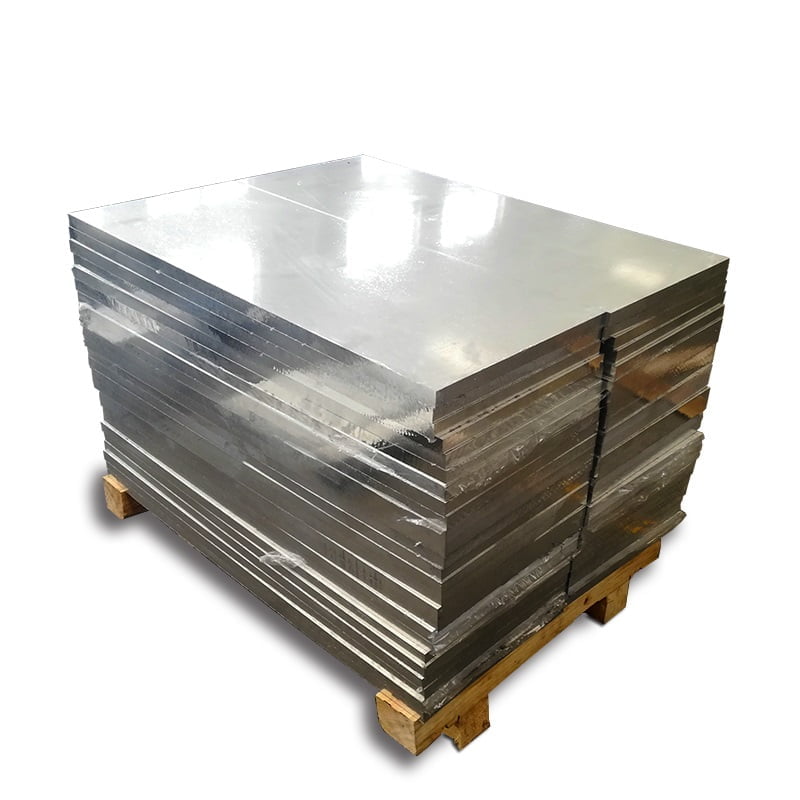アルミニウム合金6061と6063はどちらも、優れた機械的特性、汎用性、比較的低コストのため、さまざまな用途に人気のある選択肢です。これら2つの合金の主な違いは次のとおりです。

- 化学組成:
- 6061アルミニウム合金: 主要な合金要素としてマグネシウム(Mg)とシリコン(SI)が含まれています。典型的な組成範囲は、0.4%-1.0%mg、0.15%-0.4%SI、および銅(Cu)、クロム(CR)、亜鉛(ZN)、鉄(FE)、およびチタン(TI)の量です。
- 6063アルミニウム合金:また、マグネシウムとシリコンがその主要な合金要素として含まれています。典型的な組成範囲は、0.45%-0.9%mg、0.2%-0.6%SI、およびCu、Fe、Mn、およびTiの量です。
- プロパティ:
- 6061:6063と比較してより高い強度と靭性を提供します。優れた加工性と優れた腐食抵抗を備えているため、高強度が必要な構造用途に適しています。
- 6063:一般に、6061よりも柔らかく、より形式的です。押出後の表面仕上げのため、陽極酸化や絵画など、より良い仕上げ特性があります。 6063は、一般的に建築用途や、優れた形成性と表面仕上げが必要なアプリケーションに使用されます。
- アプリケーション:
- 6061:航空機や航空宇宙コンポーネント、海洋継手、自転車フレーム、自動車部品、一般的な構造コンポーネントなどの構造用途で広く使用されています。
- 6063:一般的に、ウィンドウフレーム、ドアフレーム、屋根、およびさまざまなトリムコンポーネント用のアーキテクチャアプリケーションで使用されます。また、パイピング、チューブ、その他のアプリケーションでも使用されます。このアプリケーションでは、優れた形成性と滑らかな表面仕上げが有利です。
- 気性条件:
- 両方の合金は、機械的特性に影響を与えるさまざまな気性条件(T6、T4など)で供給できます。たとえば、T6気性は、溶液が熱処理され、人為的に老化した状態を示し、最高の強度を提供します。
要約すると、6061と6063の両方のアルミニウム合金が合金要素のいくつかの類似点を共有していますが、強度、形成性、および特定のアプリケーションの点で大きく異なります。それらを選択することは、必要な機械的特性、形成性要件、表面仕上げの考慮事項など、アプリケーションの特定の要件に依存します。
